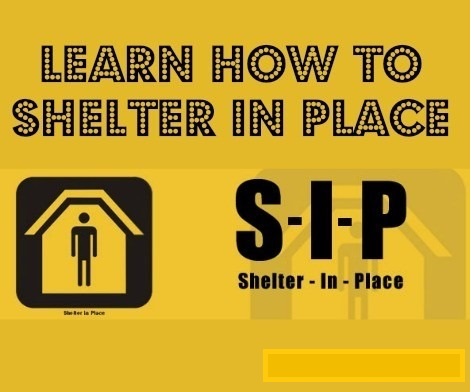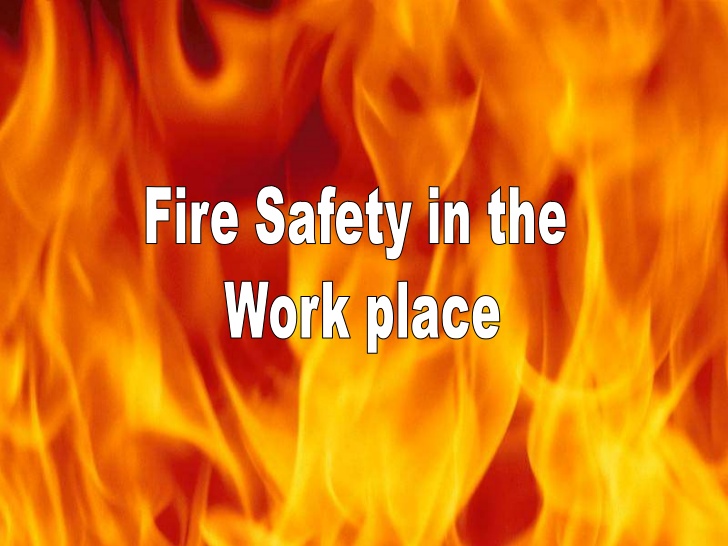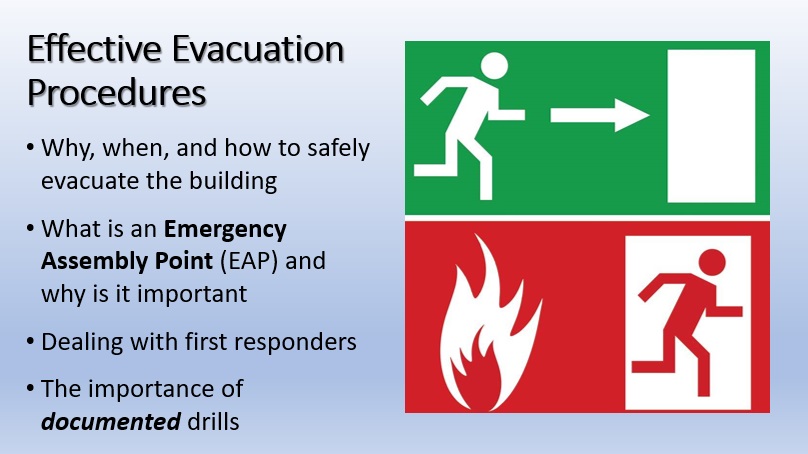Homegrown Violent Extremism (HVE) and Active Shooter events are on the rise. Is your workplace prepared to handle such situations? Recent court rulings throughout the country have allowed negligence suits filed by victims of active shooters to proceed against employers for failing to provide defensive training to their employees. The OSH Act of 1970, Section 5 (a) (1) directs that an employer " ... shall furnish to each of his employees employment and a place of employment which are free from recognized hazards that are causing or are likely to cause death or serious physical harm to his employees."
Known as the "General Duty Clause", non-compliance has opened the door for lawsuits. This course will examine some of these suits and recommend a remedy to improve workplace security and lessen an employer's chance of being sued.
This course is written for company Owners, Human Resource personnel, and Management and reviews the relevant federal guidelines as well as a preview of a short but effective training course available to employees.

One of the instructions you may be given in an emergency where hazardous materials may have been released into the atmosphere is to shelter-in-place. This is a precaution aimed to keep you safe while remaining indoors. (This is not the same thing as going to a shelter in case of a storm.) Shelter-in-place means selecting a small, interior room, with no or few windows, and taking refuge there. It does not mean sealing off your entire home or office building.
Why You Might Need to Shelter-in-Place: Chemical, biological, or radiological contaminants may be released accidentally or intentionally into the environment. Should this occur, information will be provided by local authorities on television and radio stations on how to protect you and your family. Because information will most likely be provided on television and radio, it is important to keep a TV or radio on, even during the workday. The important thing is for you to follow instructions of local authorities and know what to do if they advise you to shelter-in-place.
This course will teach you the steps needed to effectively shelter-in-place.

Fire safety refers to precautions that are taken to prevent or reduce the likelihood of a fire that may result in death, injury, or property damage, alert those in a structure to the presence of an uncontrolled fire in the event one occurs, better enable those threatened by fire to survive in and evacuate from affected areas, or to reduce the damage caused by a fire. Fire safety measures include those that are planned during the construction of a building or implemented in structures that are already standing, and those that are taught to occupants of the building.

A fire, a bomb threat, a suspicious package ... there are reasons to evacuate a building. However, if it is not done in a precise way, the consequences to a company could be severe - in more ways than one. Worst-case scenario: a haphazard evacuation could leave people injured or worse, and the resultant lawsuit would not be difficult for the plaintiff to win.
This 30-minute course will instruct learners on these critical issues:
- Why, when, and how to safely evacuate a building.
- What is an Emergency Assembly Point and why is it important.
- Dealing with First Responders.
- The importance of documented drills.
Written for company owners, managers, and employees.

